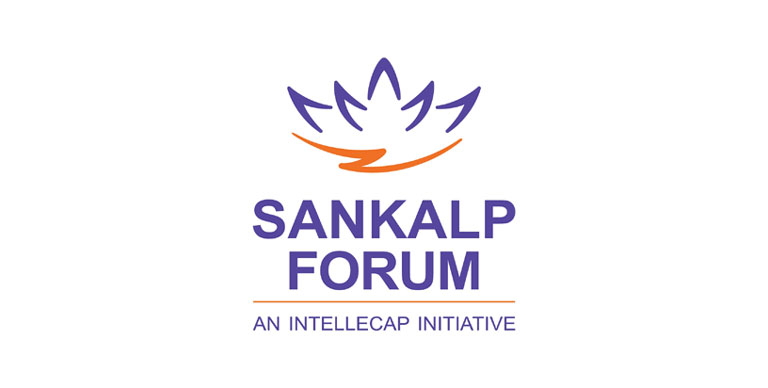Virtual Convening’s Equity Blindspot 2020
As a global pandemic forces organizations the world over to shift their conferences, summits, symposiums, and meetings online, convening is being viewed as more inclusive than ever before. And in some ways, it is. Uber-exclusive events, like the Skoll World Forum have opened up to participants who would never have been able to afford the ticket price before. And suddenly live-streaming and virtual participation (which advocates for differently-abled communities have been pushing for for years and conferences have been saying they just can’t manage) are the norm. It’s easy to see virtual convening’s diversity, equity, and inclusion wins. And they’re not insignificant.
But beware of blindspots.
BANDWIDTH – Most of the technologies springing up to support virtual convening, and especially those designed to help make it more interactive, absolutely require high-speed internet to function. Even Zoom, one of the least bandwidth-intensive virtual convening technologies recommends at least 5 MBps internet speeds, which most of the global South (not to mention many rural parts of the global North) falls far short of.
DATA – Beyond bandwidth, much of the world is interacting with the new convening paradigm on mobile devices, where they are paying for the data they USE, not on a monthly, essentially unlimited home/office internet subscription. This can make participation in an hours-long, immersive virtual experience prohibitively expensive (even if they can find a connection that can handle it.)
TIMEZONES – While there’s no denying that trans-Atlantic and trans-Pacific travel, with its attendant jetlag, germs, and general fatigue was no one’s favorite part of in-person convening, at least it solved the timezone issue for us. And what an issue it is. The reality is that there is simply no time that “works” across a truly global audience. Someone is going to be asked to be up and engaging at a ghastly hour–and our experience is showing that, so far, those someones reside disproportionately in Asia and the Pacific. Whether or not these members of your community are “used to” this kind of inconvenience, timezones are emerging as a genuine equity issue in virtual convening and should be treated as such.
VISIBILITY & NETWORKING – In this rapid transition to virtual convening, we see very few organisations investing in technology that can truly facilitate the interactions that made it worth it for most of us to fly halfway across the world to attend the in-person events we prioritized–the networking. Hemmed in by the very real constraints of most of the available technology, we are playing to the “keynote” and celebrity speakers who already have visibility. Our communities deserve more than another “convening-TV” channel. We need to raise the standards of our experience design and prioritize the kinds of interaction that give visibility and voice to all members of our communities.
AGE & ACCESS – Those who still remember the rotary telephone and stamps recognize that while some people have adapted through the ages; many (especially those who had limited access growing up) may struggle to engage in the new paradigms that virtual convening presents. Embarrassed to ask questions or left behind by the pace of technological change, they are often excluded from conversations that would benefit greatly from their perspectives.
So, what can we do about it?
THINK DIFFERENTLY ABOUT TIMING: Virtual convening allows us to break out of the “3 days in a hotel” box. We have the freedom to engage participants before & after the core conversation (indeed we always have). Through surveys, polls, google sheets, worksheets, whatsapp groups, we can spread out the interactions, the work of the convening–doing some of it asynchronously–and ensuring that we include the voices of those who may have difficulty fully participating in our synchronous engagements.
THINK DIFFERENTLY ABOUT MEDIUM: We can record sessions by default, and edit them down to key takeaways/highlights after an engagement. Not only can this make content and interactions available to those with bandwidth constraints, it can also extend the “life” of the convening through social media and marketing efforts. Transcripts and audio-only podcasts are also great low-bandwidth ways to catch your community up on interactions.
THINK DIFFERENTLY ABOUT RESOURCES: Consider offering “data scholarships;” paying for data packs to be more inclusive of participants who need to spend to attend even if it is a free conference.
PRIORITIZE: There is arguably no reason for a participant to “spend” their limited bandwidth/data and/or join your convening at an inconvenient time of day/night to listen passively to a keynote or panel presentation. Consider delivering the “content” of your event asynchronously (pre-recorded video, available as transcripts or audio-only–you can even have folks submit questions for Q&A in advance) then reserve your precious “in-person” time for the kinds of interactions that really require synchronicity; networking, small group discussions, resource sharing, problem-solving, etc.
We truly believe that with some care and attention, this virtual revolution can be the best thing that’s ever happened for diversity, equity and inclusion in the convening ecosystem. It’s up to us.
Co-Authored by:
Urvashi Devidayal, Sankalp India Lead
SaraJoy Pond, Co-Founder & Chief Service Officer, Conveners.org





